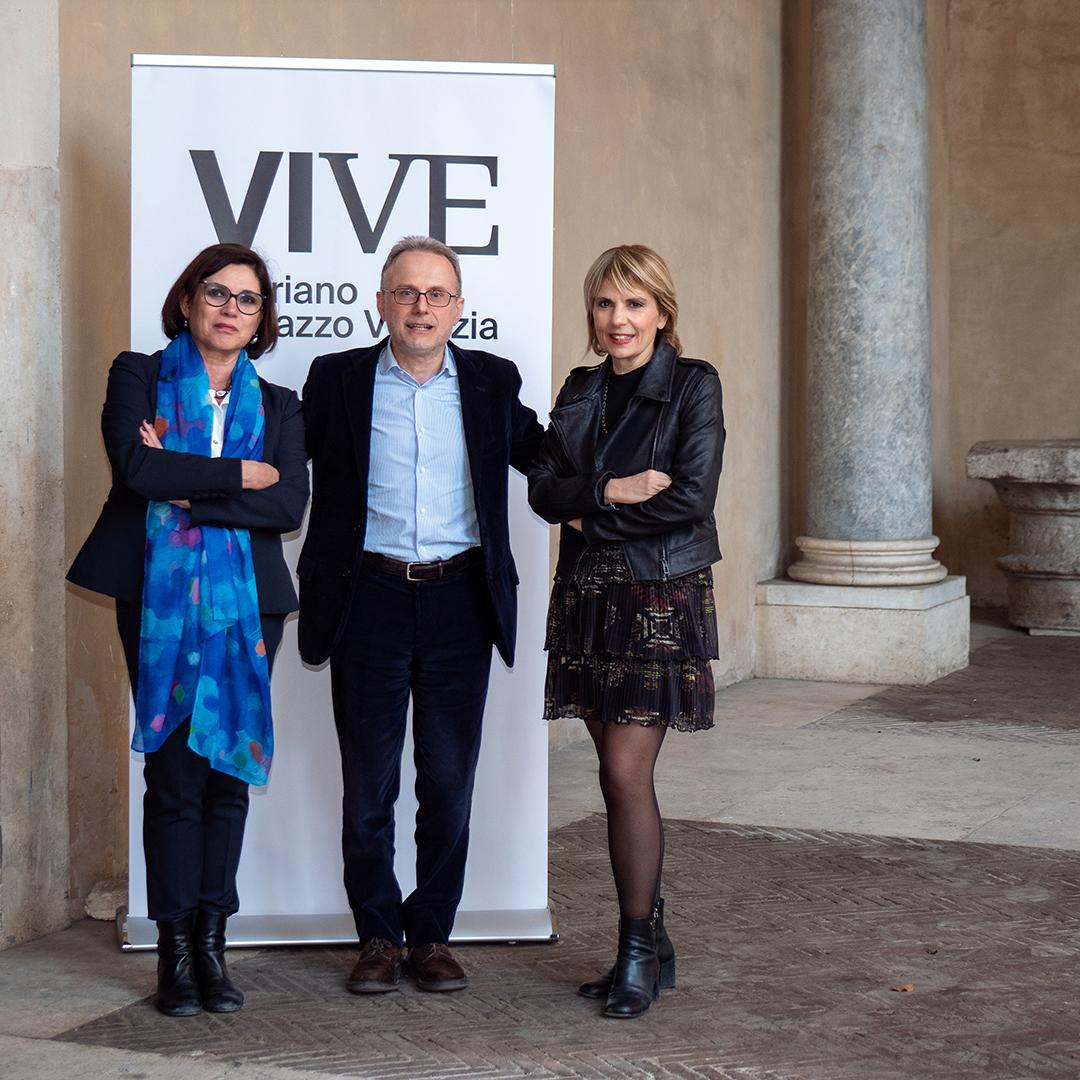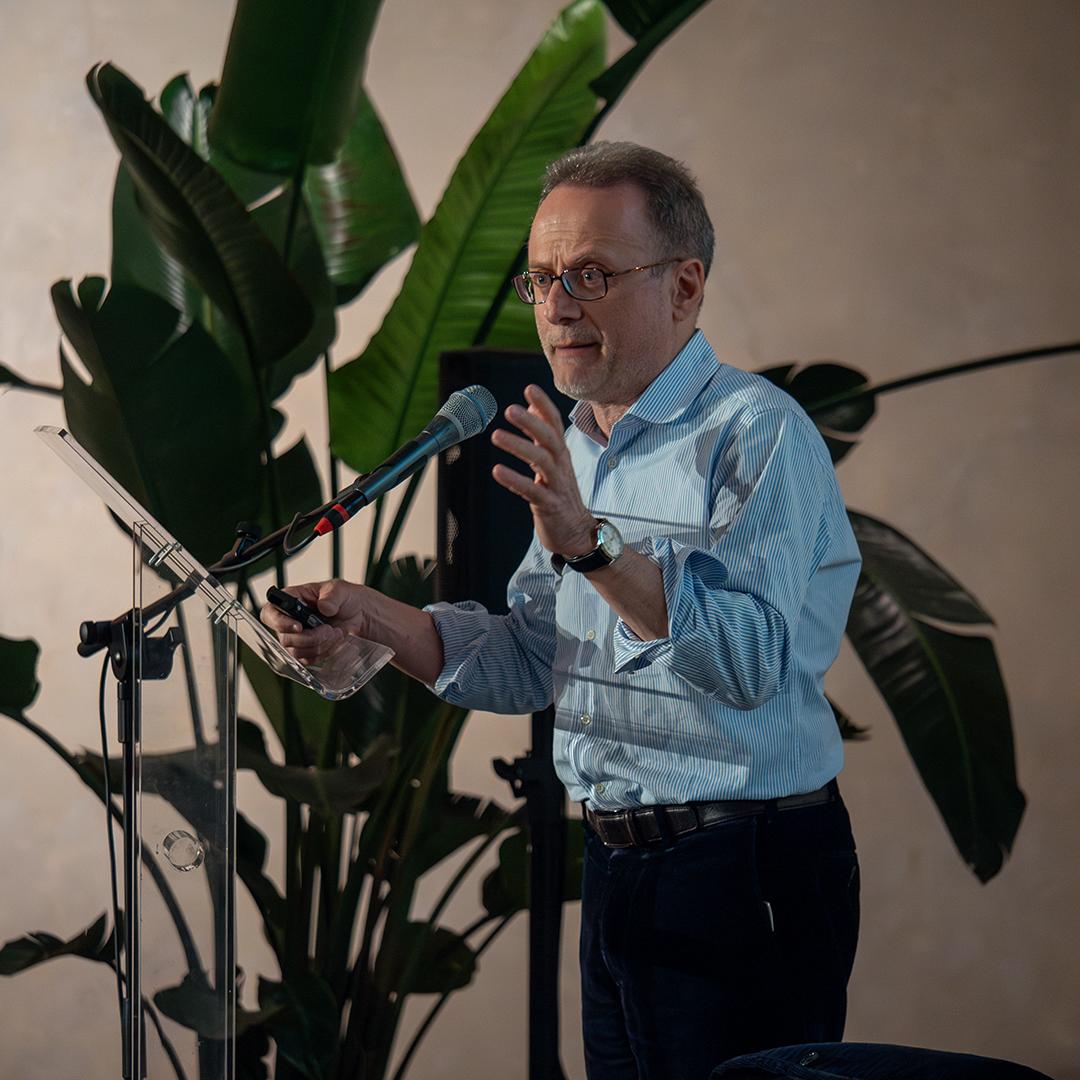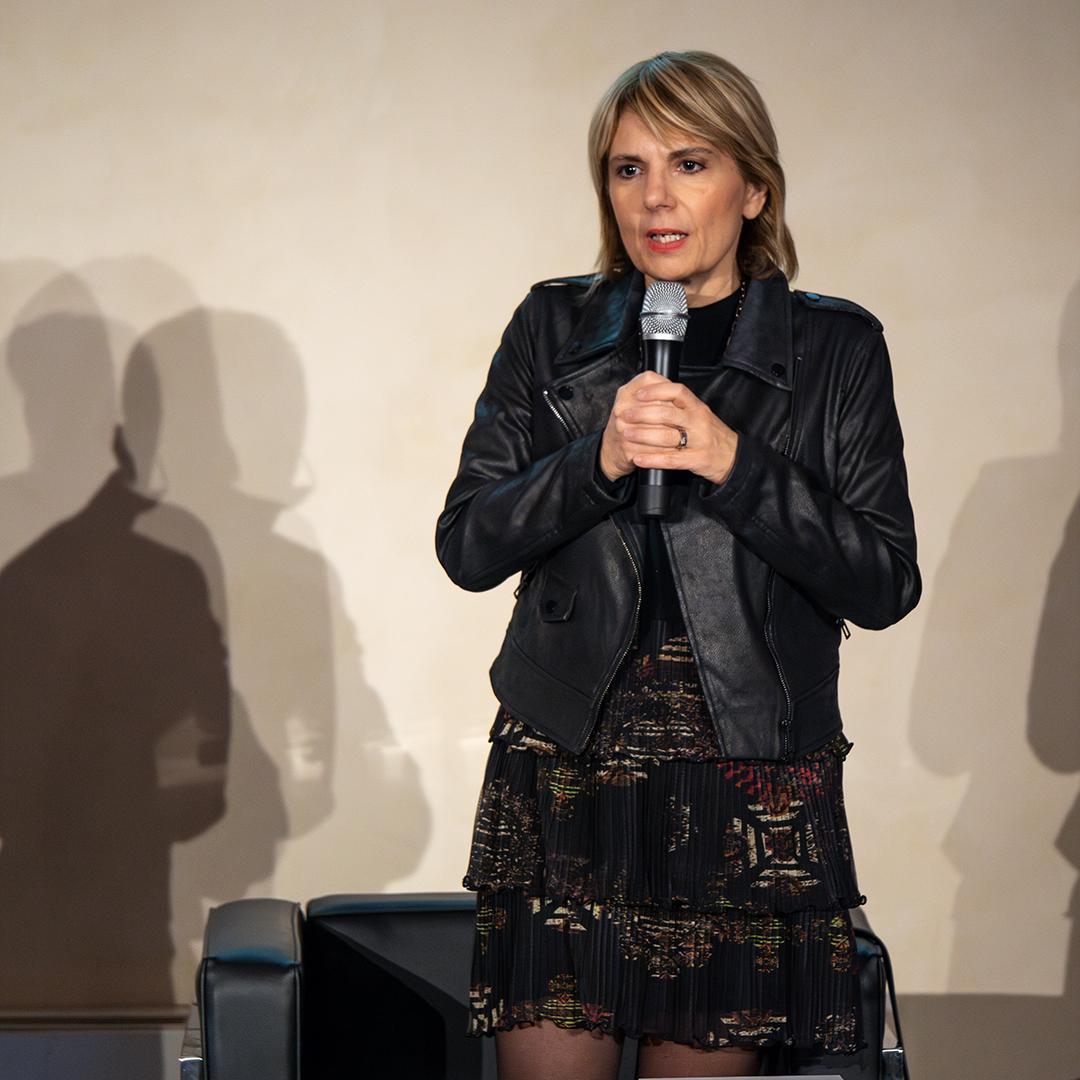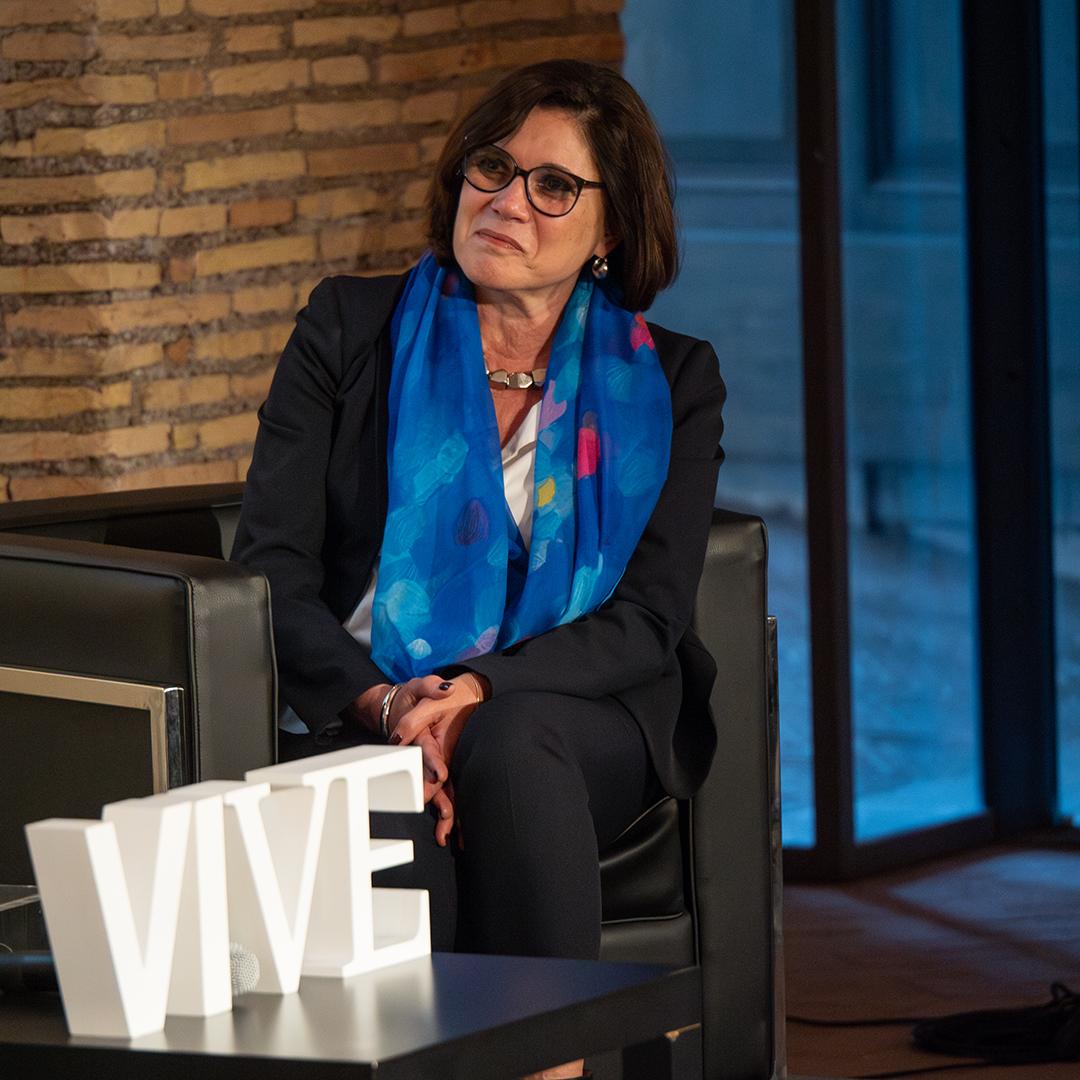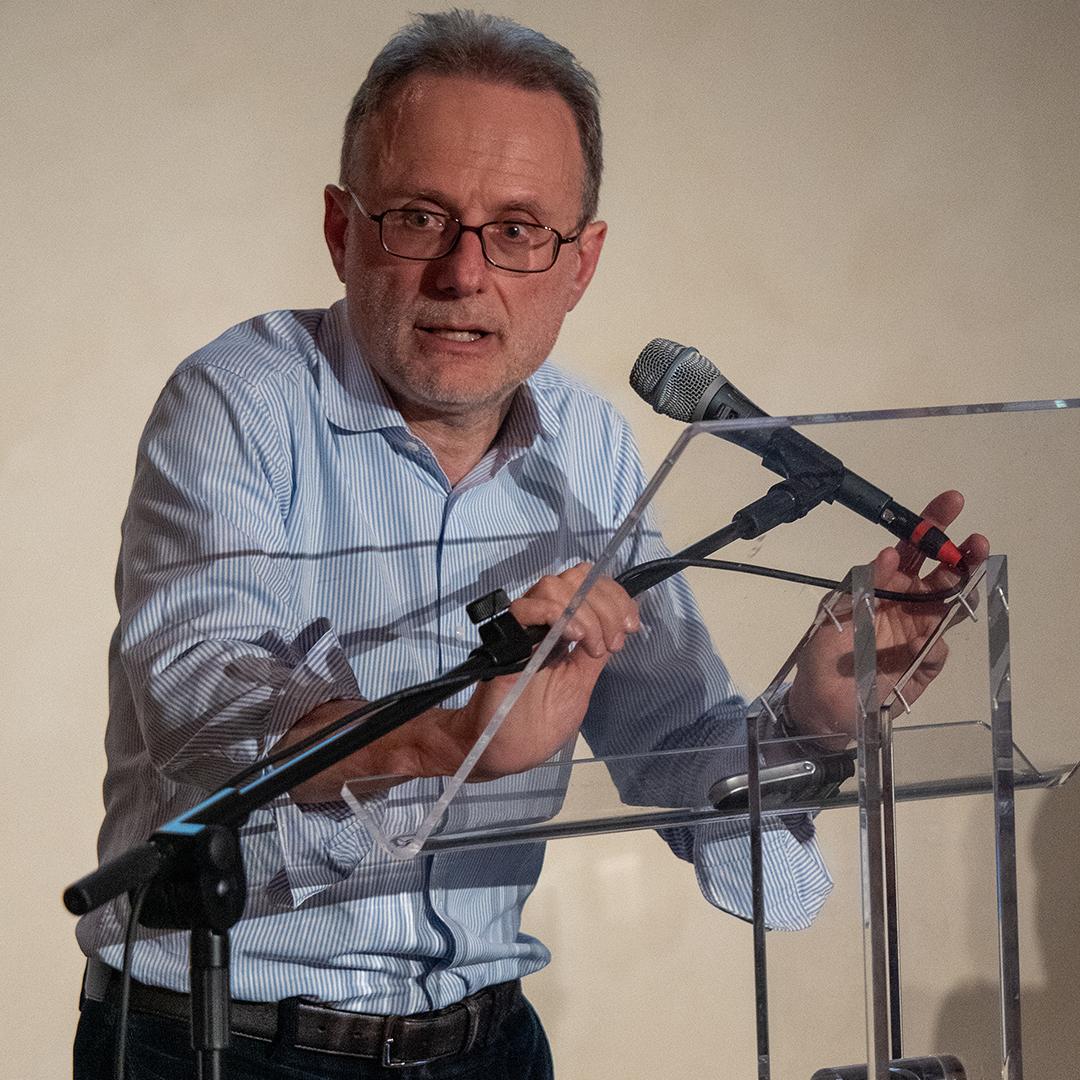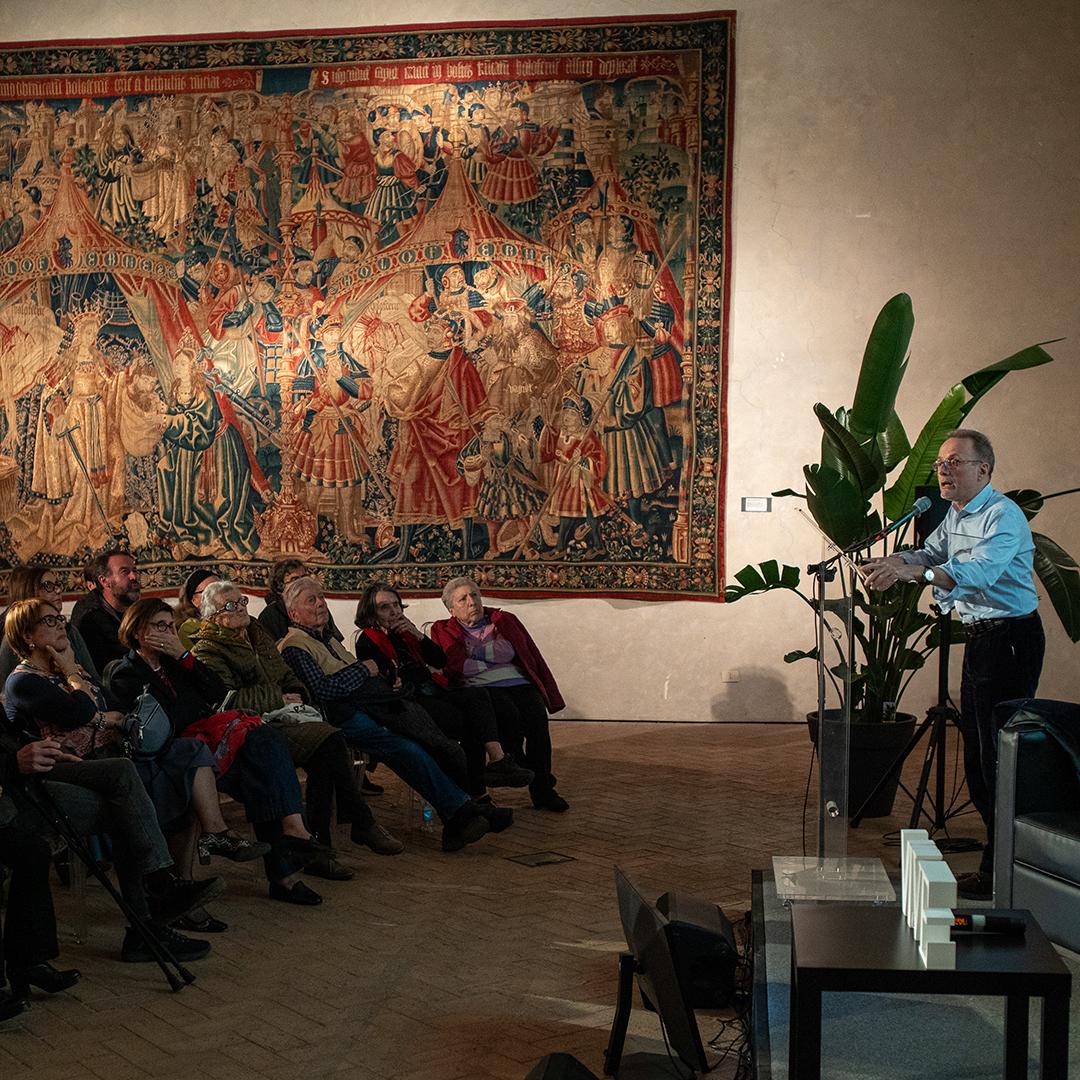CYCLE: The Arts around the Holy Years.
SPEAKER: Francesco Caglioti
DATE: Friday 4 April, 6 pm
In the Holy Year of 1475, under Pope Sixtus IV della Rovere, work on the porphyry and marble ciborium above the high altar of St Peter's Basilica in the Vatican came to an end after eight years of toil. The previous ciborium dated back to the pontificate of Honorius III (1216-1227). This new one had been started in 1467, under Pope Paul II Barbo, by Paolo Taccone da Sezze, better known as Paolo Romano, but had remained unfinished at his death in 1470. It was mainly the work of two Florentine sculptors, namely Matteo del Pollaiolo and Mino da Fiesole, who completed the task. The ciborium remained standing until the end of the 16th century, when the final replacement of the Constantinian basilica with the one we admire today inevitably led to the removal of the 15th-century structure, and finally, within a few decades, to the erection of Bernini's famous bronze canopy. The lecture will approach the subject in as many different ways as possible: the recomposition of the work through its surviving fragments and through ancient archival and literary evidence; the artistic responsibility for the project and its individual parts; the role of the patron; the place of the work in the millenary Roman tradition of basilica ciboriums, and its relationship to the last exponent of this tradition before Paolo Romano, namely Mino da Fiesole's Ciborio della Neve in Santa Maria Maggiore (1461).

